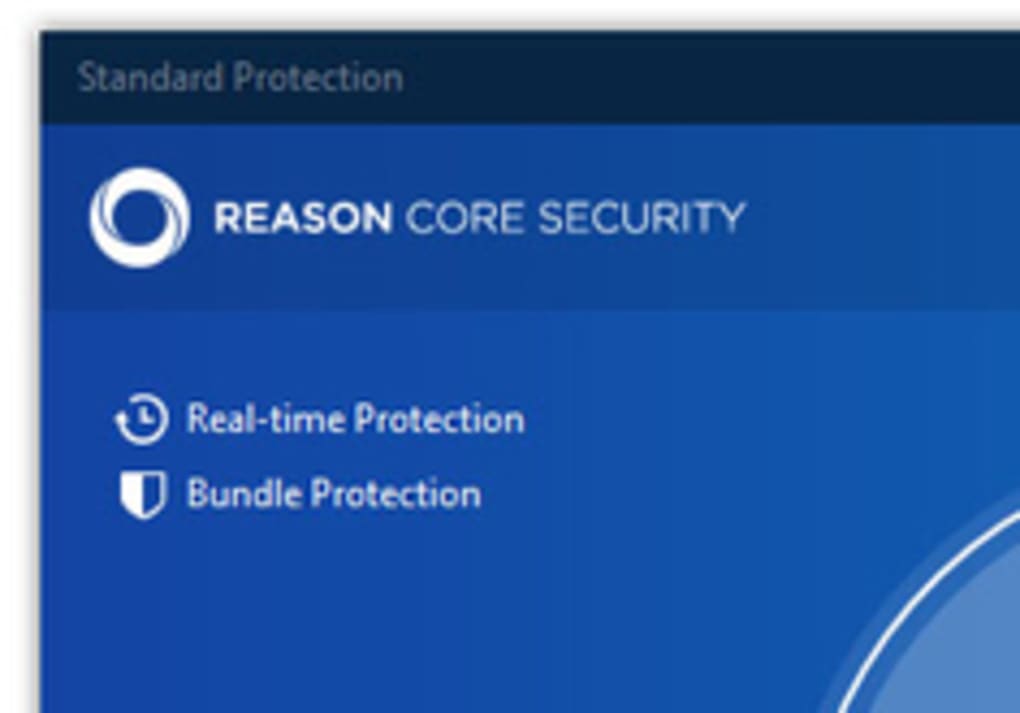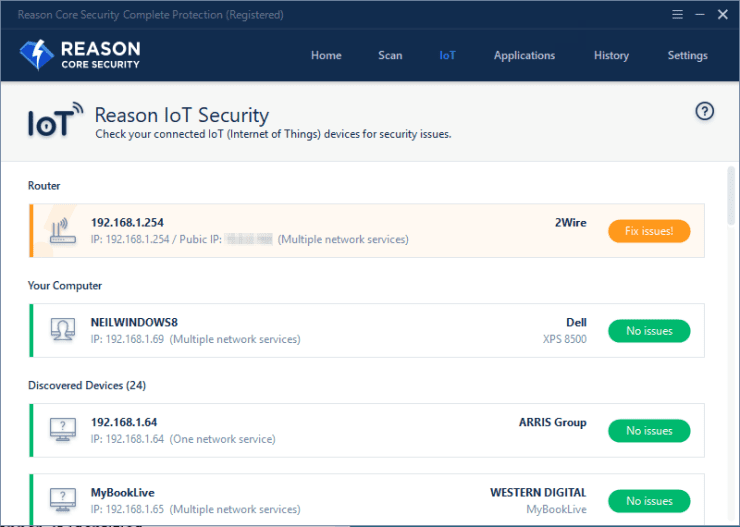
- #Como desinstalar reason core security professional
- #Como desinstalar reason core security free
Appendix 2 The F diagram: faecal–oral transmission of diarrhoeal diseases.Appendix 1 Water supply, sanitation and hygiene promotion initial needs assessment checklist.Standard 6: WASH in healthcare settings.WASH in disease outbreaks and healthcare settings Solid waste management standard 5.3: Solid waste management systems at community level.Solid waste management standard 5.2: Household and personal actions to safely manage solid waste.

#Como desinstalar reason core security free
Solid waste management standard 5.1: Environment free from solid waste. Vector control standard 4.2: Household and personal actions to control vectors. 
Vector control standard 4.1: Vector control at settlement level.Excreta management standard 3.3: Management and maintenance of excreta collection, transport, disposal and treatment.Excreta management standard 3.2: Access to and use of toilets.Excreta management standard 3.1: Environment free from human excreta.Water supply standard 2.2: Water quality.Water supply standard 2.1: Access and water quantity.Hygiene promotion standard 1.3: Menstrual hygiene management and incontinence.Hygiene promotion standard 1.2: Identification, access to and use of hygiene items.Hygiene promotion standard 1.1: Hygiene promotion.Links to the Protection Principles and the Core Humanitarian Standard.International law specifically protects the right to water and sanitation.These Minimum Standards should not be applied in isolation.WASH requires particular considerations in urban areas.Everyone has the right to water and sanitation.Essential concepts in water supply, sanitation and hygiene promotion.Water Supply, Sanitation and Hygiene Promotion.Commitment 9 Communities and people affected by crisis can expect that the organisations assisting them are managing resources effectively, efficiently and ethically.Commitment 8 Communities and people affected by crisis receive the assistance they require from competent and well-managed staff and volunteers.Commitment 7 Communities and people affected by crisis can expect delivery of improved assistance as organisations learn from experience and reflection.Commitment 6 Communities and people affected by crisis receive coordinated, complementary assistance.
 Commitment 5 Communities and people affected by crisis have access to safe and responsive mechanisms to handle complaints. Commitment 4 Communities and people affected by crisis know their rights and entitlements, have access to information and participate in decisions that affect them. Commitment 3 Communities and people affected by crisis are not negatively affected and are more prepared, resilient and less at-risk as a result of humanitarian action. Guiding questions for monitoring Key actions. Commitment 2 Communities and people affected by crisis have access to the humanitarian assistance they need at the right time. Guiding questions for monitoring organisational responsibilities. Guiding questions for monitoring key actions. Commitment 1 Communities and people affected by crisis receive assistance appropriate to their needs. Appendix Guiding questions for monitoring key actions and organisational responsibilities. One core standard with nine commitments.
Commitment 5 Communities and people affected by crisis have access to safe and responsive mechanisms to handle complaints. Commitment 4 Communities and people affected by crisis know their rights and entitlements, have access to information and participate in decisions that affect them. Commitment 3 Communities and people affected by crisis are not negatively affected and are more prepared, resilient and less at-risk as a result of humanitarian action. Guiding questions for monitoring Key actions. Commitment 2 Communities and people affected by crisis have access to the humanitarian assistance they need at the right time. Guiding questions for monitoring organisational responsibilities. Guiding questions for monitoring key actions. Commitment 1 Communities and people affected by crisis receive assistance appropriate to their needs. Appendix Guiding questions for monitoring key actions and organisational responsibilities. One core standard with nine commitments. #Como desinstalar reason core security professional
Appendix Summary of Professional Standards for Protection Work. Protection Principle 4: Help people to claim their rights. Protection Principle 3: Assist people to recover from the physical and psychological effects of threatened or actual violence, coercion or deliberate deprivation. Protection Principle 2: Ensure people’s access to impartial assistance, according to need and without discrimination. Protection Principle 1: Enhance people’s safety, dignity and rights and avoid exposing them to further harm. Checklist for supply chain management and logistics. Market analysis as part of response analysis. Appendix Delivering assistance through markets. Environmental impact in humanitarian response. Settings with domestic or international military forces. 
Understanding vulnerabilities and capacities. Monitoring, evaluation, accountability and learning. Strategy development and programme design. The standards apply throughout the programme cycle. The Minimum Standards promote a consistent approach. Four foundation chapters and four technical chapters.








 0 kommentar(er)
0 kommentar(er)
